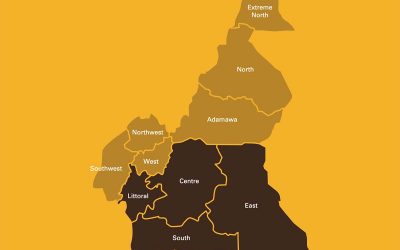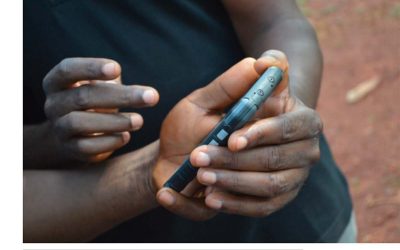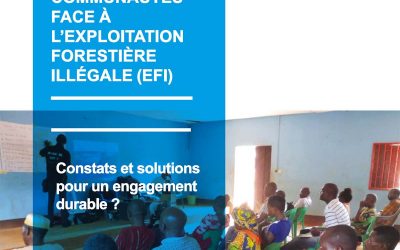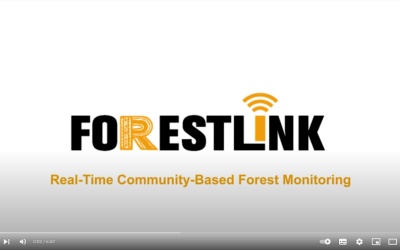Cameroon
Key Statistics
Percentage of timber production estimated to be illegal: c. 65% iLawson, S (2014) Hoare, A (2015) Tackling illegal logging and the related trade: what progress and where next? (2015)
Forest Area: 18,790,400 ha ii Global Forest Watch Dashboard – Cameroon (2015)
Forest loss in 2020: 201,000 ha iii Chatham House, Forest Governance and Legality – Cameroon (2020)
Principal threats to forests: Industrial logging, palm oil and rubber plantation expansion, infrastructure development.
Country Background
Forests cover an estimated 42% of Cameroon’s territory, which serves as a key resource for millions of people, including numerous indigenous peoples. These communities face ongoing challenges from the logging industry, as well as emerging threats from the palm oil, rubber and extractive industries, along with the associated infrastructure development needed to serve them. Pervasive corruption has meant that improvement in forest governance has been slow.
Key Achievements
- Suspension of illicit operations and seizure of illegal timber: Recent cases include the suspension of the SMK logging company in 2018 following ForestLink alerts and advocacy by ECODEV, as well as the suspension of two more the following year (SBAC and SFB) – along with the seizure of their wood – in response to ForestLink alerts sent from communities in the East of Cameroon.
- Strengthening civil society as forest watchdog: FODER has played a central role in professionalising Cameroon’s independent forest monitoring system, which is ISO certified. ForestLink alerts are managed by FODER and are distributed amongst the members of the Normalised System of External Independent Monitoring (SNOIE), who go through a process of verifying alerts, validating monitoring reports, and following up with the MINFOF for sufficient enforcement actions to take place.
- Increasing recognition from the Forest Ministry: In 2021, FODER signed a Memorandum of Understanding with MINFOF (the forest ministry), which has provided further legitimacy to their work and has ensured swifter follow-up to alerts. Because of this increased responsiveness, a ForestLink alert in the Mbam et Kim department by a government forestry agency in September 2021 led to a significant seizure of illegally cut timber.

Communities involved
43

Community monitors trained
126

Alerts received

ForestLink Start Date
2014
Cameroon country briefing
These November 2021 country briefing papers include summaries of the achievements of our partners to date in Ghana, D...
FINAL EVALUATION: EMBEDDING COMMUNITY REAL TIME MONITORING (RTM)
An external evaluation of the ‘Embedding community Real Time Monitoring (RTM) to sustain livelihoods and forests in...
LES COMMUNAUTÉS FACE À L’EXPLOITATION FORESTIÈRE ILLÉGALE (EFI)
This publication, written by RFUK’s Cameroonian partner FODER, examines the various incentives for sustainable comm...
FORESTLINK: The Future of Rainforest Protection
This short film documents the early stages of the Rainforest Foundation UK’s real-time forest monitoring projec...
FORESTLINK: An animated overview of real-time monitoring
The Rainforest Foundation UK works in the world’s two largest rainforests: the Congo Basin and the Amazon. Spre...
Partners







